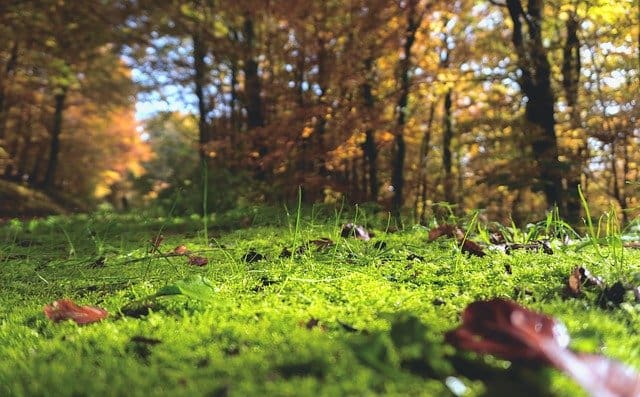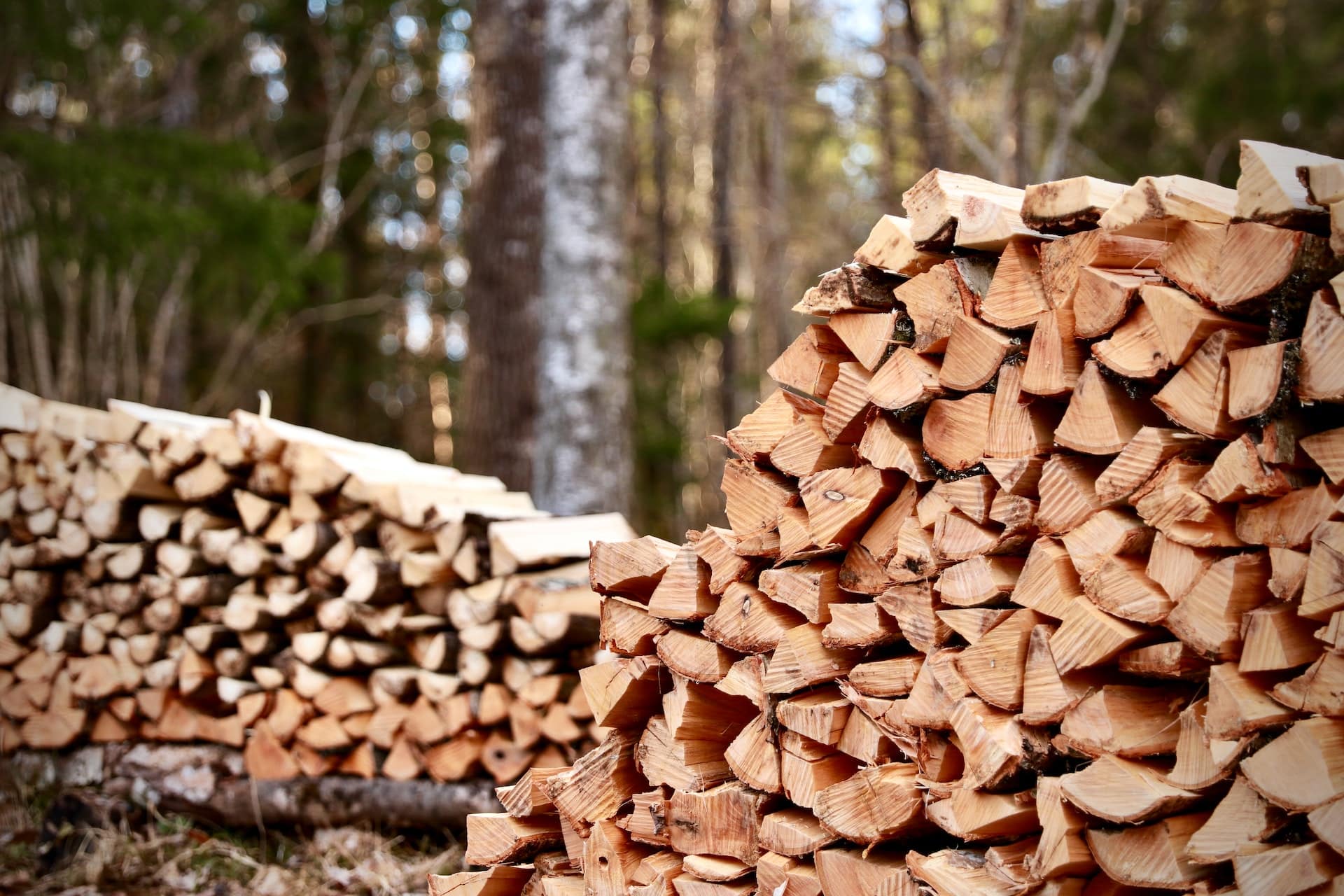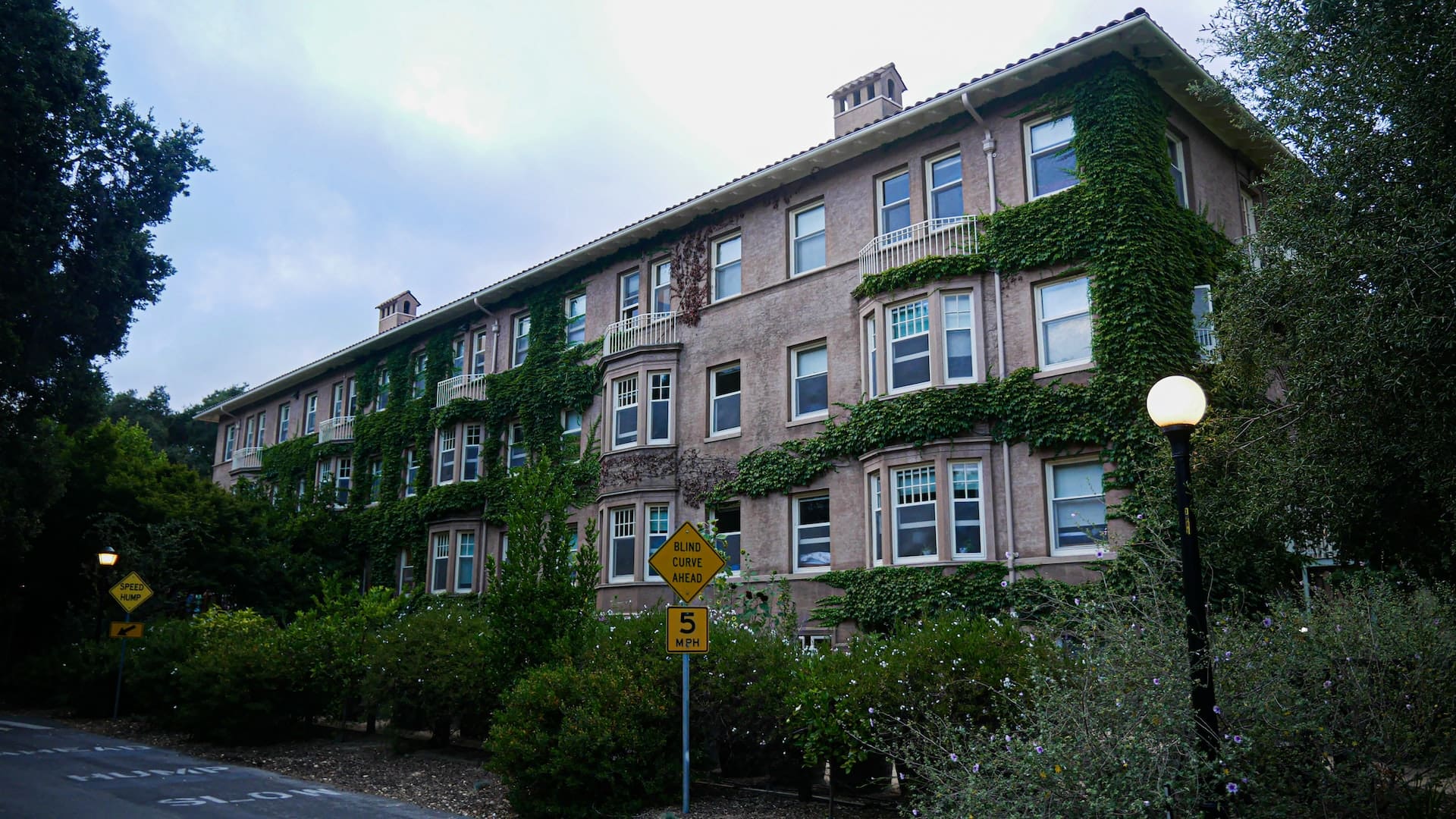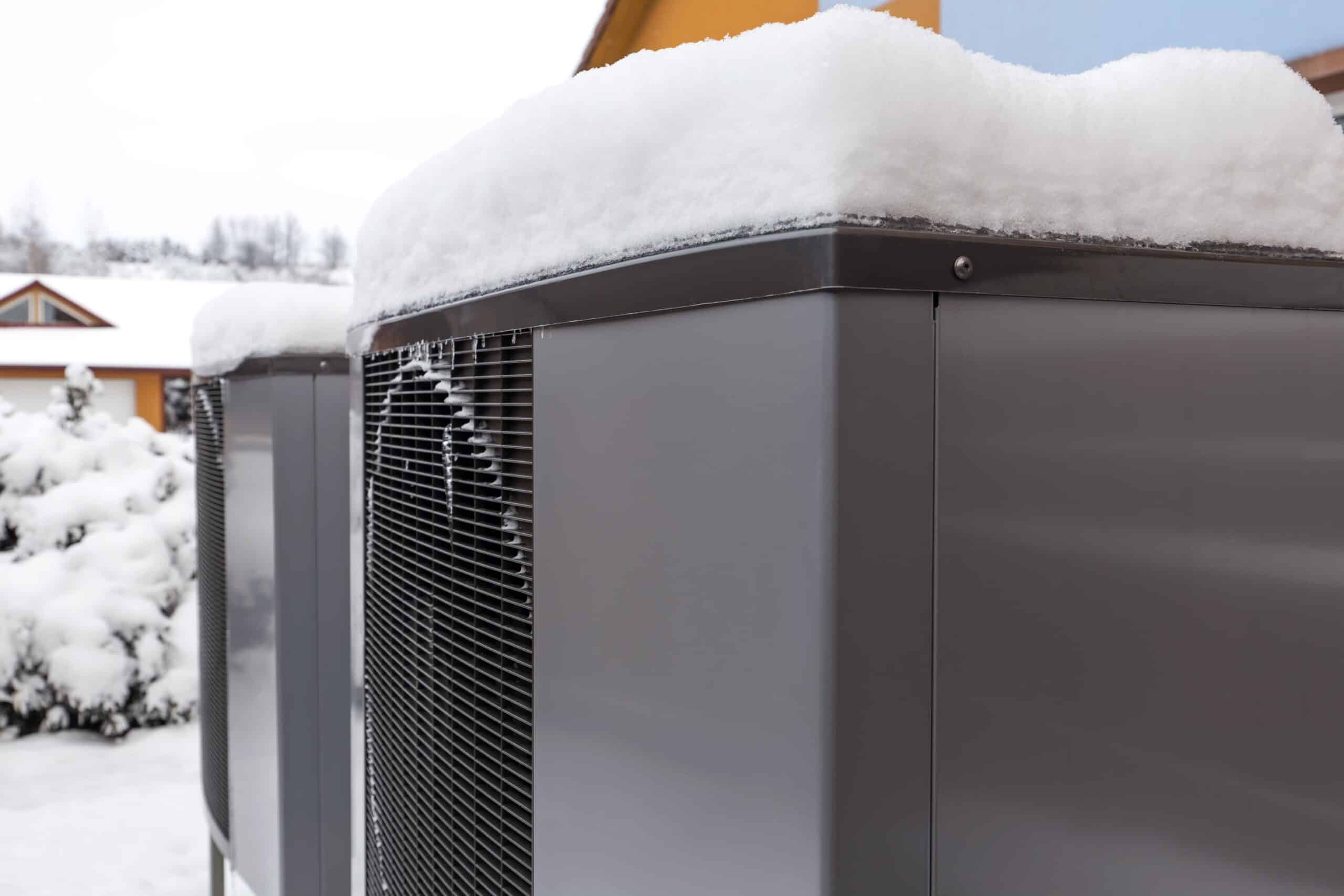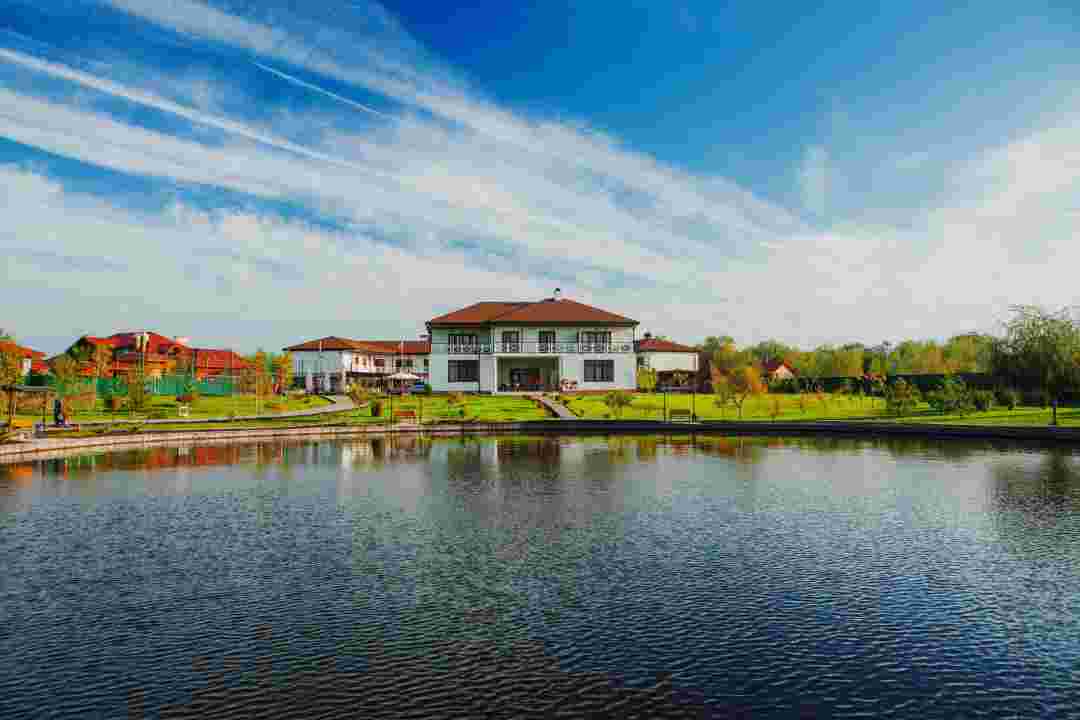Given the impact we have had on climate change, it’s crucial to be environmentally conscious today. Keeping that in mind, the government has launched the Renewable Heat Incentive (RHI) program to encourage the UK to produce more clean and green energy. So if you’re thinking about installing an air source heat pump (ASHP) on your premises, you’re already aware of the financial incentives involved, not to mention the cost-saving that’s a part and parcel of the whole idea.
However, is this all you need to know before you go ahead and get an ASHP installed?
When you plan to switch from a conventional boiler to an air source heat pump, there are some other aspects that need due consideration.
At JL Phillips, we’ve compiled a list of 5 questions that you need to ask before you go ahead.
Is an Air Source Heat Pump Ideal for My Property?
An ASHP will work brilliantly in most domestic and commercial premises. Although, for it to function most efficiently, it’ll be best if you have top-notch insulation in your property including the loft space and the cavity walls. Also, you need to have sufficient space outside to install the unit.
Will All My Heating and Water Requirements be Taken Care of with ASHP Installation?
Yes, however, you need to check with our installers at JL Phillips first. After we conduct a survey of your property we’ll recommend the correct size of pump for your premises. If you have radiators heating your home, you may have to invest in a larger and more efficient model so as to make the most of your ASHP installation.
To iron out the basic details, get your free quick quote here.
Yes, you can because underfloor heating is the perfect match for an air source heat pump. The constant heat that it provides coupled with the fact that it heats the water to a pleasant 40 degrees makes it ideal to work with an ASHP. The flow temperature at the base blends flawlessly with underfloor heating and emits a heating solution that’s sustainable.
Do Air Source Heat Pumps Work All Round the Year?
ASHPs are capable of converting heat from the air even at temperatures below -5 degrees. In fact, some of the best pumps work at frigid temperatures of -20 degrees as well. That being said, for a more cosy atmosphere, you can put a secondary heat source like a wood-burning stove to work.
Heat pumps are as intelligent and efficient as technology can be. If the warmth in a room is at the desired temperature, they won’t heat that space at all as a secondary heat source has already done the job. This attribute right there makes ASHPs particularly energy-efficient.
Will ASHP Installation Save Me Money?
Yes, absolutely!
When compared to gas boilers, ASHP installation can save up to 26% running costs. What’s even better is that a typical 2 bedroom home can make a yearly revenue of around £2,500 under the Domestic RHI scheme.
So, if you’re looking forward to reaping the benefits of saving energy, and enjoy financial incentives, give us a call and we’ll have an air source heat pump installed right away!
